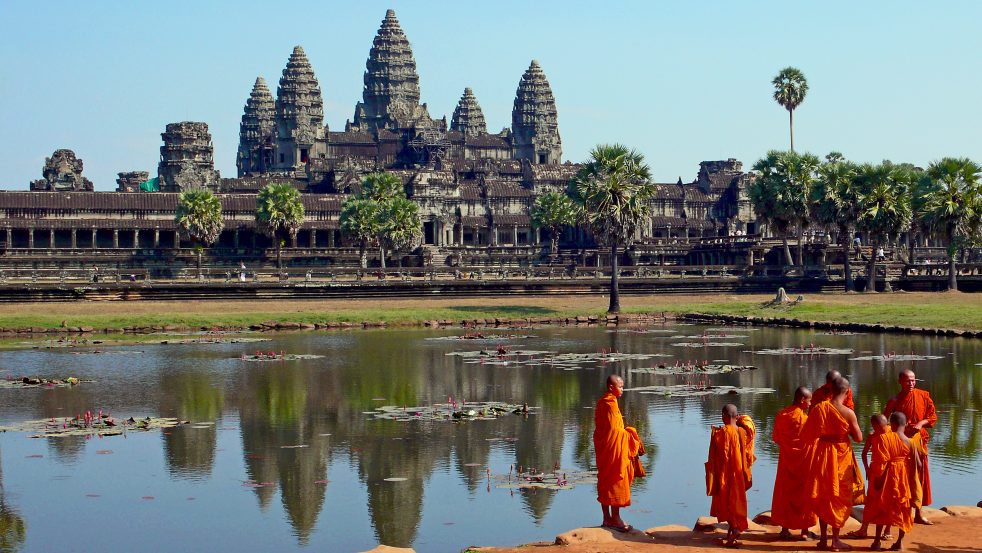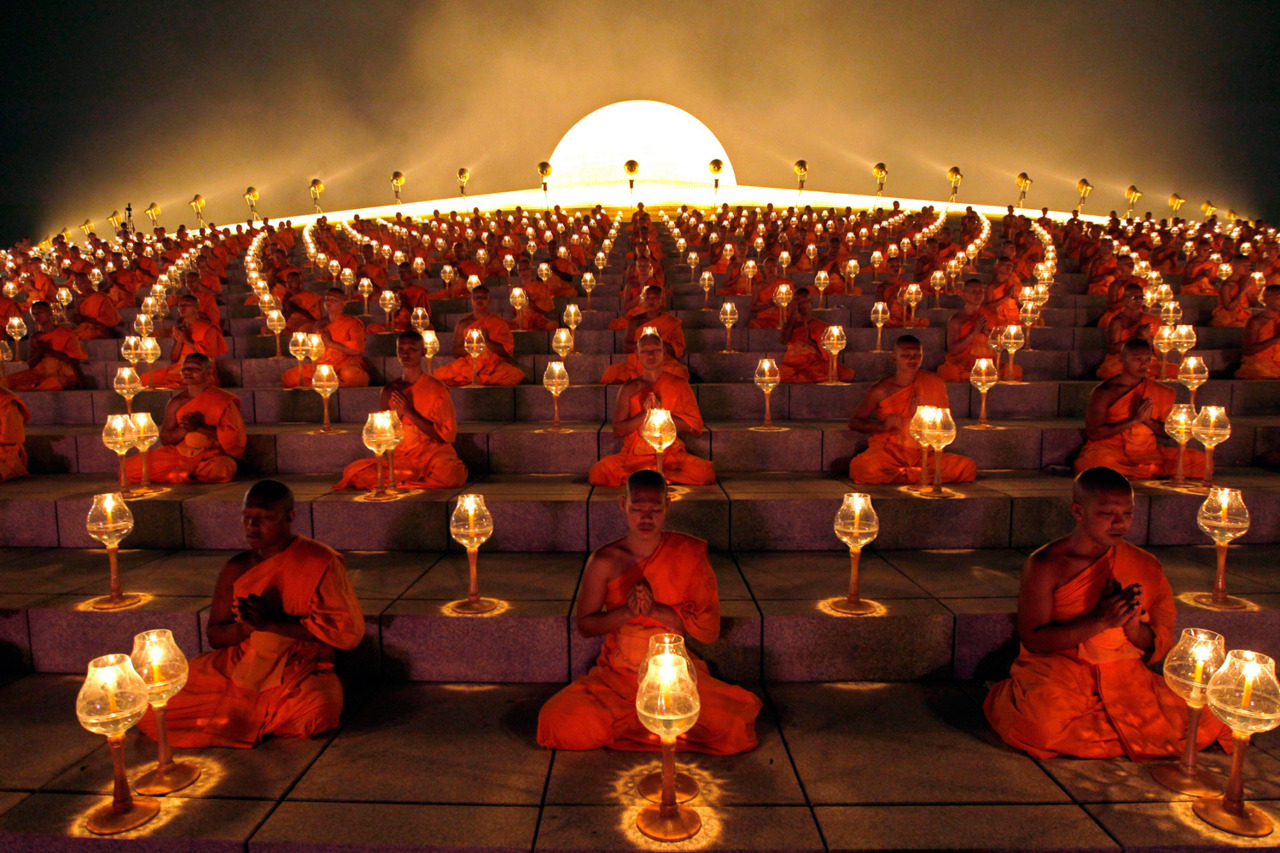Understanding Buddhism: A Path to Inner Peace and Wisdom
Buddhism, one of the world’s major religions, has captivated the minds and hearts of millions for centuries. Rooted in the teachings of Siddhartha Gautama, known as the Buddha, this ancient philosophy offers profound insights into the nature of existence, suffering, and the path to liberation. In this blog post, we’ll explore the essence of Buddhism, its core principles, and its profound impact on individuals and societies around the globe.

The Origin of Buddhism: Buddhism traces its roots to ancient India, where Siddhartha Gautama, a prince born into luxury, embarked on a spiritual quest to understand the nature of human suffering. Renouncing his princely life, he sought enlightenment through meditation and contemplation. After years of rigorous practice, Siddhartha attained enlightenment under the Bodhi tree, becoming the Buddha, or “the awakened one.”
Core Principles of Buddhism: At the heart of Buddhism lie the Four Noble Truths and the Noble Eightfold Path, which form the foundational principles of the Buddhist teachings.
- The Four Noble Truths:
- Dukkha (Suffering): Life is inherently marked by suffering, dissatisfaction, and impermanence.
- Samudaya (Origin of Suffering): The root cause of suffering is attachment and craving.
- Nirodha (Cessation of Suffering): Liberation from suffering is attainable through the cessation of craving and attachment.
- Magga (Path to the Cessation of Suffering): The Noble Eightfold Path leads to the cessation of suffering and the realization of enlightenment.
- The Noble Eightfold Path:
- Right Understanding
- Right Intention
- Right Speech
- Right Action
- Right Livelihood
- Right Effort
- Right Mindfulness
- Right Concentration
Buddhism emphasizes the cultivation of ethical conduct, mental discipline, and wisdom as essential components of the path to enlightenment.
Key Concepts in Buddhism: Beyond its core principles, Buddhism introduces several key concepts that shape its worldview:
- Karma: The law of cause and effect, which asserts that our actions have consequences, both in this life and the next.
- Rebirth: Buddhists believe in the cyclical nature of existence, where individuals undergo multiple births and deaths until they attain liberation (nirvana).
- Nirvana: The ultimate goal of Buddhism, nirvana signifies liberation from suffering and the cycle of rebirth, leading to a state of profound peace and enlightenment.
- Impermanence (Anicca): The recognition that all phenomena, including our thoughts, emotions, and experiences, are transient and subject to change.
Impact of Buddhism: Throughout history, Buddhism has profoundly influenced art, culture, and philosophy across Asia and beyond. From the majestic temples of Angkor Wat to the serene Zen gardens of Japan, Buddhist aesthetics reflect a deep reverence for nature, harmony, and mindfulness.
Moreover, Buddhism’s emphasis on compassion, non-violence, and altruism has inspired social movements and humanitarian efforts worldwide. From the teachings of Mahatma Gandhi to the mindfulness-based interventions in modern psychology, Buddhism continues to offer practical insights for personal growth and societal transformation.
Conclusion: In essence, Buddhism offers a profound path to inner peace, wisdom, and liberation from suffering. Through its teachings on ethical conduct, mental cultivation, and the nature of reality, Buddhism provides a roadmap for navigating the complexities of human existence with clarity and compassion. Whether one seeks spiritual enlightenment or simply a deeper understanding of life, the timeless wisdom of Buddhism remains a beacon of hope and guidance for all seekers on the journey of self-discovery.





